At the 47th Session of the World Heritage Committee (UNESCO) held in Paris (France) on July 13, 2025, the decision to expand the World Natural Heritage Phong Nha - Ke Bang National Park (Vietnam) to Hin Nam No National Park (Laos) was officially approved.
From here, a common symbolic heritage between the two neighboring countries was established with the name: "Phong Nha - Ke Bang National Park and Hin Nam No National Park", meeting the criteria (viii) - geology and geomorphology, (ix) - ecosystem, and (x) - biodiversity.
Speaking to reporters, Mr. Tran Dinh Thanh - Deputy Director of the Department of Cultural Heritage, Ministry of Culture, Sports and Tourism, this is the first time Vietnam and Laos have a common World Natural Heritage, marking a profound development in international cooperation on heritage conservation, while affirming cross-border efforts in preserving outstanding and global natural values.
Mr. Tran Dinh Thanh - Deputy Director of the Department of Cultural Heritage, Ministry of Culture, Sports and Tourism .
Phong Nha - Ke Bang was recognized by UNESCO as a World Natural Heritage for the first time in 2003 with the criteria of geology and geomorphology (viii), and for the second time in 2015 with the expansion of the criteria of ecology and biodiversity (ix, x). This national park shares a natural boundary with Hin Nam No of Khammouane province (Laos) which possesses a pristine ecosystem, continuing the vast limestone karst area that stretches across the border of the two countries.
With a karst formation history dating back to about 400 million years ago in the Paleozoic period, the limestone system stretching between Phong Nha - Ke Bang and Hin Nam No is considered one of the largest, oldest and most intact karst landscapes in Asia.
This area is located at the intersection between the Truong Son (Annamites) range and the Central Indochina limestone belt, containing special values in terms of geology, climate, soil and ecology.
The entire heritage area possesses a rich multi-layered ecosystem from dry karst forests at high altitudes to tropical humid forests at low altitudes, along with a magnificent network of caves and underground rivers, of which more than 220km of cave systems have been surveyed.
Not only of natural significance, the area is also home to many endemic species of high conservation value, contributing to affirming the global importance of the heritage.
Kast landscape, southeast of Vangmaneur village in Hin Nam No National Park, Lao PDR (Photo: Giz ProFEB/ Paul Williams).
Today's achievement is the crystallization of the close cooperation process between the Ministry of Culture, Sports and Tourism of Vietnam and the Ministry of Information, Culture and Tourism of Laos, which started in 2018 and has been strongly promoted since the two governments agreed on the policy of building nomination dossiers in early 2023.
The two sides have held many in-person and online working sessions, signed memoranda of understanding, established a Technical Support Working Group and coordinated with international experts to complete the dossier.
In particular, Vietnam's specialized agencies such as the Department of Cultural Heritage, the People's Committee of Quang Binh province (now Quang Tri), the Department of Culture, Sports and Tourism, and the Management Board of Phong Nha - Ke Bang National Park have effectively supported the Lao side throughout the process of building the dossier to submit to UNESCO in February 2024.
The recognition of Phong Nha - Ke Bang and Hin Nam No World Natural Heritage Sites is a first model of transboundary heritage management in Southeast Asia.
The management mechanism is established on the basis of two separate but synchronized plans: the "Phong Nha - Ke Bang National Park Management Strategy" and the "Hin Nam No National Park Management Plan", which include joint activities on patrolling, conservation, data sharing, sustainable development and climate change response.
According to Mr. Tran Dinh Thanh, up to now, Vietnam has 9 world heritages recognized by UNESCO. Among them are 2 inter-provincial heritages (Ha Long Bay - Cat Ba Archipelago and Yen Tu - Vinh Nghiem - Con Son, Kiep Bac Monuments and Landscape Complex) and the first cross-border heritage with Laos - Phong Nha - Ke Bang and Hin Nam No.
This is not only a testament to the outstanding global value of Vietnam's nature but also demonstrates Vietnam's active role in implementing the 1972 Convention on the Protection of the World Cultural and Natural Heritage.
"The expansion and recognition of the Vietnam-Laos Common Heritage is a vivid symbol of the friendship, solidarity and close cooperation between the two countries.
At the same time, it is also an opportunity for Vietnam to share its experience with the world on transnational heritage management models, making a substantial contribution to the conservation of global heritage values," Mr. Tran Dinh Thanh emphasized.
Phong Nha - Ke Bang was recognized by UNESCO as a World Natural Heritage for the first time in 2003.
The Deputy Director of the Department of Cultural Heritage said that Hin Nam No National Park has received attention and support from many international organizations and experts for research to preserve and promote its value. Therefore, Vietnam will also have more conditions to coordinate with international organizations and experts to continue researching the value of Phong Nha - Ke Bang.
"Many contents reported in the multinational heritage dossier of Hin Nam No have helped Vietnam clarify many issues, supplementing the promotion of values in scientific research on Phong Nha - Ke Bang.
For example, the vegetation related to the formation of Phong Nha - Ke Bang, the underground river system flowing through Vietnam or from Vietnam to Laos, the habitat and activities of flora and fauna across the Vietnam - Laos border...", Mr. Thanh said.
In the coming time, Vietnam and Laos will continue to strengthen connections and research cooperation to clarify the outstanding global values of the heritage, thereby improving the management efficiency of Phong Nha - Ke Bang National Park and Hin Nam No National Park.
Source: https://www.nguoiduatin.vn/khang-dinh-dau-an-viet-nam-trong-bao-ton-di-san-toan-cau-204250725120424781.htm



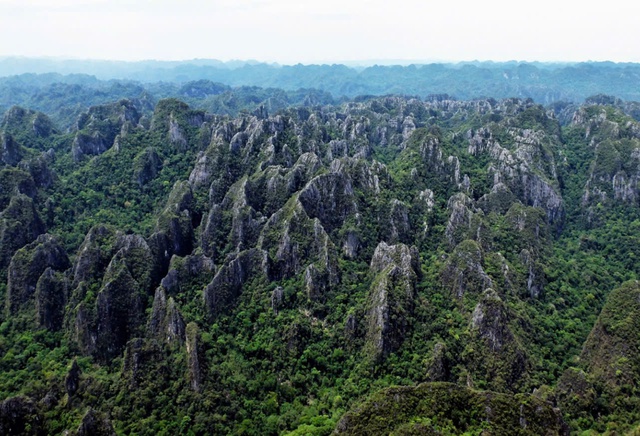
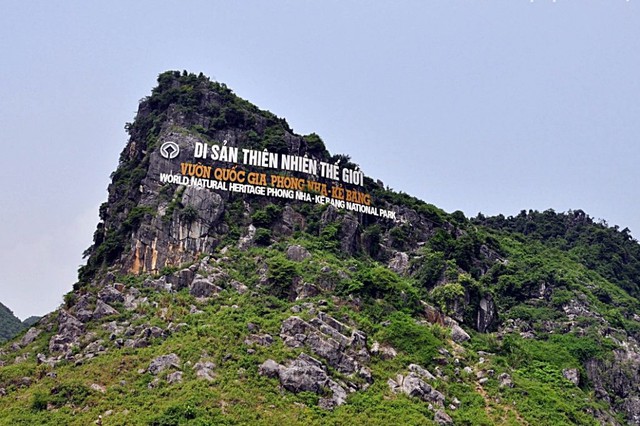





![[Photo] Hanoi morning of October 1: Prolonged flooding, people wade to work](https://vphoto.vietnam.vn/thumb/1200x675/vietnam/resource/IMAGE/2025/10/1/189be28938e3493fa26b2938efa2059e)
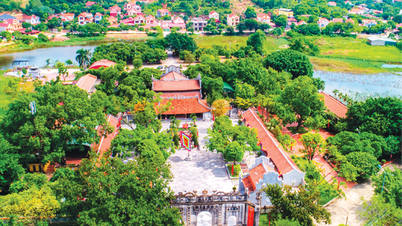

























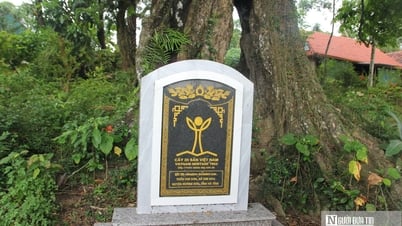
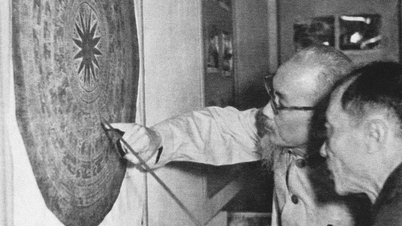


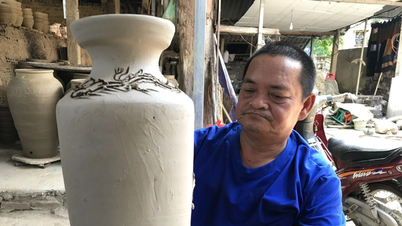

![[Photo] Panorama of the cable-stayed bridge, the final bottleneck of the Ben Luc-Long Thanh expressway](https://vphoto.vietnam.vn/thumb/1200x675/vietnam/resource/IMAGE/2025/9/30/391fdf21025541d6b2f092e49a17243f)

















































Comment (0)